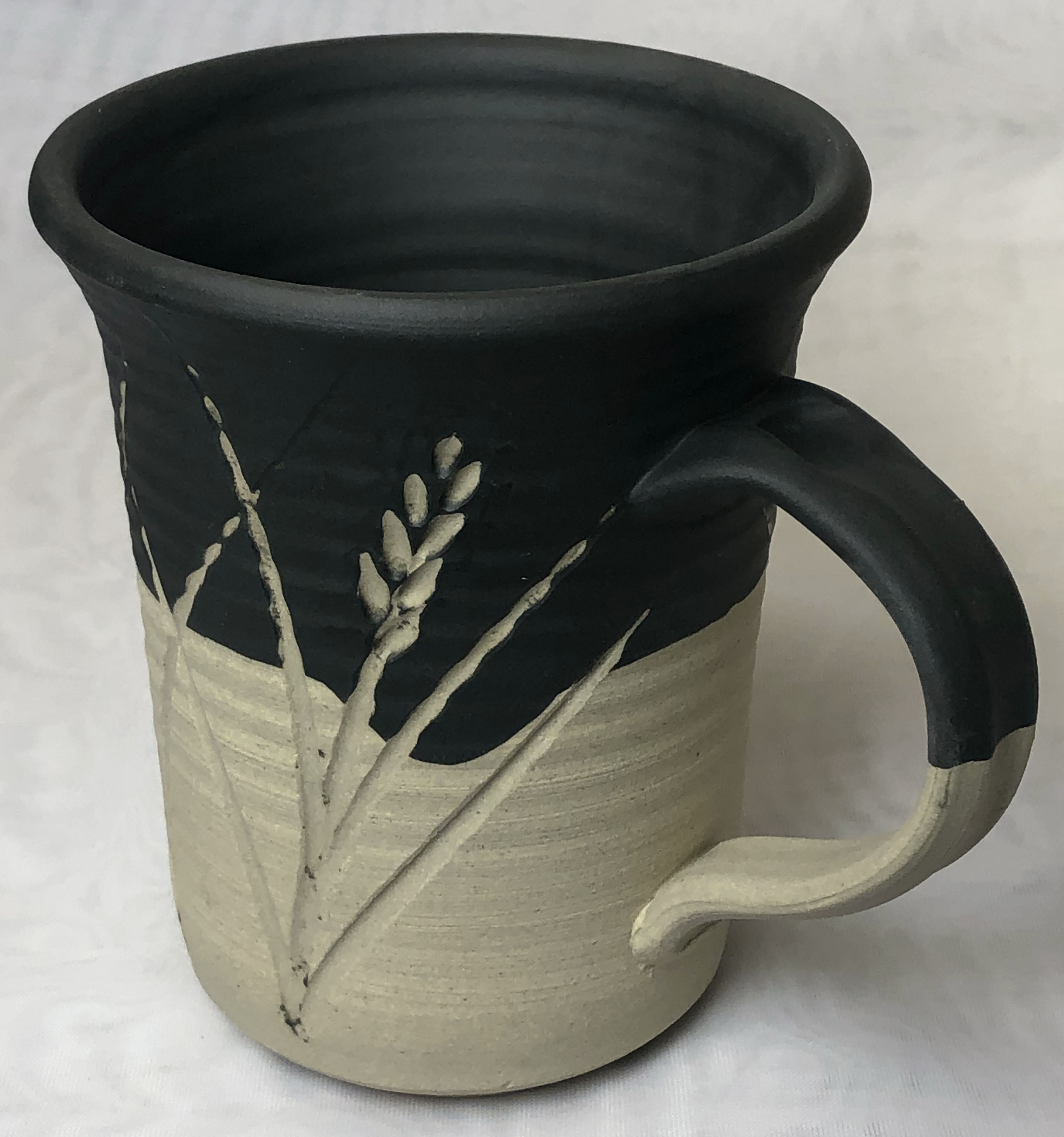| Monthly Tech-Tip | No tracking! No ads! |
Here is why porcelain engobe does not fit stoneware
This is how bad the fit can actually be. In the front is a bi-clay EBCT test strip of a grogged cone 10R sculpture clay sandwiched with a porcelain. After drying this bar was relatively straight. The back bar bent quite a bit even after bisque. But the bend on the front bar really shows the misfit. But this is not a thermal expansion issue where volume changes are measured in 100ths of a mm - these plastic bodies shrink 5-8% during firing, that is up to 8mm change in these 10cm long cars, that is the kind of volume change needed to make this happen. The porcelain has the higher fired shrinkage so it pulls the bar toward itself. The internal stress makes this bar a time bomb, waiting for a mechanical or thermal trigger to burst it into a hundred pieces. Admittedly, putting a thin layer of this porcelain onto a piece of heavy ware is not going to bend it - but the stresses of the porcelain being stretched-bonded will still be there, seeking relief (likely exhibited by cracking or flaking).
Related Pictures
Absolutely Jet-Black Cone 6 Engobe on M340
This could also be super white

This picture has its own page with more detail, click here to see it.
This is the L3954B engobe. 15% Mason 6600 black body stain has been added (instead of the normal 10% Zircopax used for white). Of course, a cover glaze is needed for a functional surface. We put a lot of development work into producing a recipe fits this body, M340. It works even when thickly applied because it has the same fired maturity as the body. Lots of information is available on using L3954B (including mixing and adjustment instructions). Engobes are tricky to use, follow the links below to learn more. L3954B is designed to work on regular Plainsman M340 (this piece), M390 and Coffee Clay. Most important we document how to adjust its maturity, and thus firing shrinkage, to fine tune fit if needed. These bodies dry better than porcelains and are much less expensive, so coating them with an engobe to get a surface like this makes a lot of sense. Ed Phillipson discovered this 80 years ago, enabling selling pieces made from these clays as white hotel ware.
Videos
Links
| Tests |
Engobe Body Compatibility Test
A bi-clay test strip curls to demonstrate the drying and fired compatibility or fit of an engobe (or slip) on a ceramic body or of two bodies for marbling. |
| Glossary |
Engobe
Engobes are high-clay slurries that are applied to leather hard or dry ceramics. They fire opaque and are used for functional or decorative purposes. They are formulated to match the firing shrinkage and thermal expansion of the body. |
Got a Question?
Buy me a coffee and we can talk

https://digitalfire.com, All Rights Reserved
Privacy Policy

